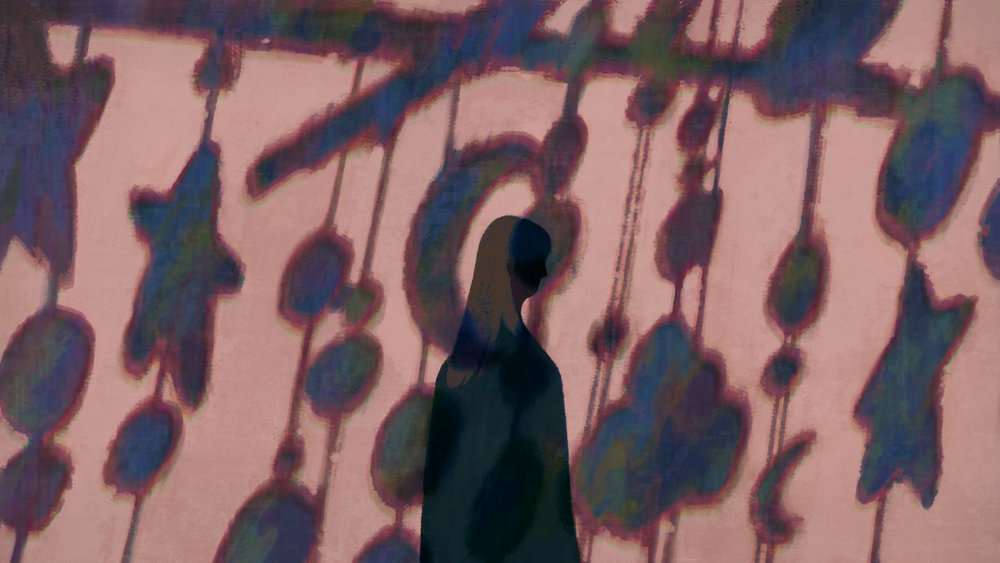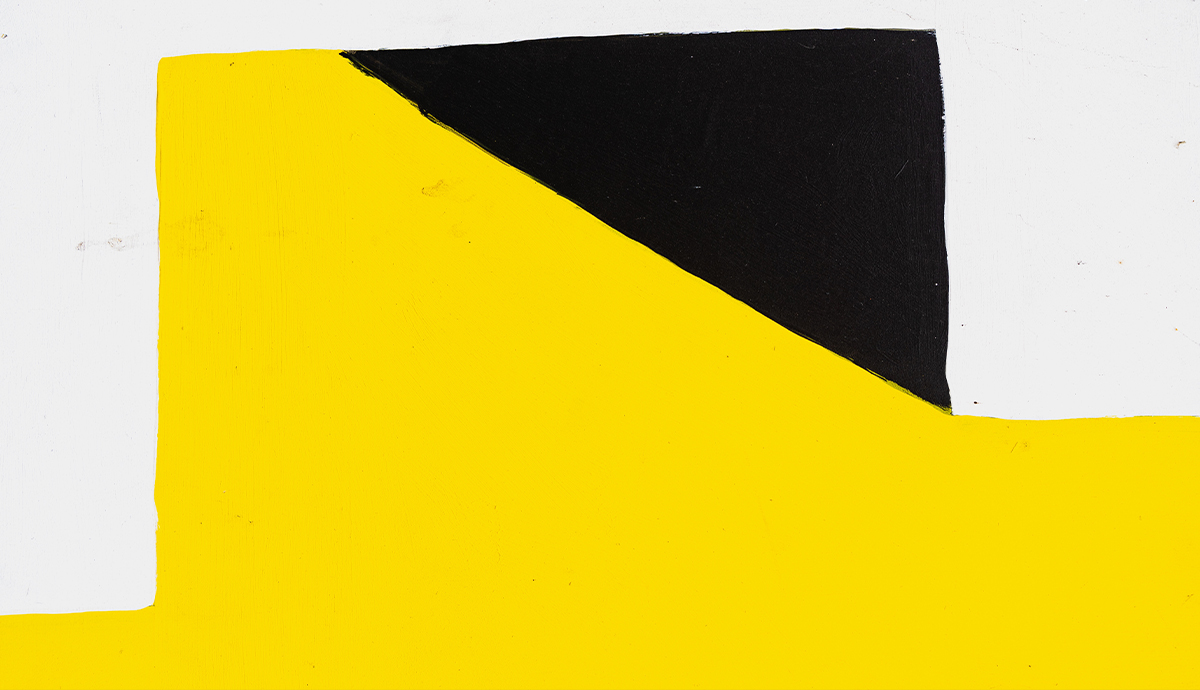On "Mary and the Machine"

I’ve nestled “Mary and the Machine,” published in Spring 2018 in the North American Review, into a Magical Stories folder on my computer. There are a few there. I never set out to write a “magical” story. A story, if it needs to be told, determines itself. These magical stories tend to be impossible to some degree, I suppose—the characters and their actions don’t follow the rules of physics and nature. This can seem horrifying on some level. Perhaps especially horrifying in “Mary and the Machine” is the merging of something so arcane and “sweet” (having a baby, nursing), with something so physically violent and dark. The truth of the matter is that motherhood is anything but sweet. For me, horror can be a way to reclaim and “truthen” female experiences, which are generally deemed dull, insignificant, shallow, and having no real lasting effect on anything upon which society places monetary and intellectual value. (Sure, people say it’s the most important job in the world, but truthfully, no society would demean “the most important job in the world” as ours does in so many ways, if it were truly such). This is why we don’t give mothers extensive paid time off from work when they have a baby, or why we don’t support them with free in-home care for the first week or two after labor. This is why we pay teachers less than lawyers. This is why we don’t pay full-time mothers (who are often working round the clock during the baby’s first year), why we don’t give them retirement benefits (imagine!), and why richer mothers go back to work because they can hire other people to do the exhausting and menial work of caring for their children and house. The reason we give no value to the domestic realm in our global culture, is because it is considered a female realm. But it means something; it means many, many things that have deep and lasting value. Horror can be a very effective way to get us to pay attention, and giving attention is one way of giving value.
Horror, magic, surrealism—all just facets of reality. In fact, my more realistic stories, so full of their point-blank details of modern human life, are run through with a magic all their own. The way a sudden wind makes a person’s skin pimple. The way ravens tumble with each other midflight as they wind between stands of ancient spruces. The way the muskeg ground gives just a little, like a giant sponge, to boot fall. The way someone pulls a spoonful of dripping cereal out of a bowl and into a mouth. To some degree, these all defy our wildest dreams and expectations. The fact that anything at all is happening around us is, quite frankly, astounding. My writing about them is my way of saying, “hey, this matters!” Perplexing, beautiful, sometimes disturbing. Every last detail, pure magic.
Recommended
Nor’easter
Post-Op Appointment With My Father
Cedar Valley Youth Poet Laureate | Fall 2024 Workshop






